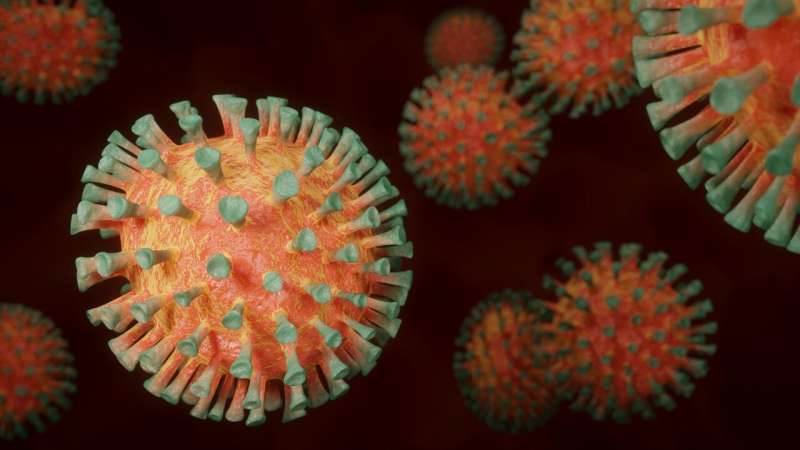New COVID-19 forecasts show the possibility of a spring spike in deaths with new variants

The latest COVID-19 forecasts from the Institute for Health Metrics and Evaluation at the University of Washington now incorporate two new virus variants.
In a worst-case scenario, with widespread transmission of the B.1.351 variant first detected in South Africa and mobility returning to pre-pandemic levels in the vaccinated, the US is predicted to see approximately 654,000 total deaths by May 1 and a resurgence of the virus in the spring in some states, including California and Florida, rather than a continued decline. Keeping mobility low and maintaining social distancing could reduce that number by approximately 30,000.
“What we’re seeing is sobering, and will require us to continue taking this pandemic very seriously,” said Christopher Murray, director of IHME. “Getting vaccines out quickly is essential, and masks are still one of the best tools we have to keep transmission low and avoid the worst possible outcome. People will need to continue taking precautions even once they are vaccinated, because of the potential for more contagious variants to spread.”
All scenarios in the new forecasts include vaccine distribution and the presence of the B.1.1.7 COVID-19 variant where it is currently detected. Without transmission of B.1.351, the forecast in the US drops to 595,000 deaths by May 1, an increase of about 26,000 from last week’s predictions. This increase is driven by taking into account that some states are not re-imposing social distancing mandates even when daily death rates are high.
Instead of assuming that decision-makers will re-impose social distancing mandates when deaths reach a threshold of 8 per million, all scenarios now assume—in line with several months of observations—that if mandates are not imposed promptly at that point, they will not be imposed until deaths reach 15 per million.
“We have not been seeing governments taking action to apply cautionary measures as quickly as expected, and have incorporated that information into the modeling,” said Murray. “Without measures to control the spread of the disease, mobility remains higher and transmission is more likely.”
Herd immunity is unlikely to be a factor in slowing transmission in the coming months, even with vaccination campaigns ramping up. Higher levels of immunity are needed with a more contagious variant and during the winter months, and vaccine hesitancy is an obstacle to achieving herd immunity. As important is the fact that we do not know if the vaccines work to block infection even though they prevent severe disease—IHME’s model currently assumes, based on limited data, that vaccines’ effectiveness in blocking infection is only 50% of their effectiveness in preventing severe disease.
In the United States, approximately 25% of people have indicated they would reject a vaccine and another 25% are unsure. IHME’s forecasts predict only 38% of people in the US will be immune by May 1.
In a worst-case scenario, there is also the possibility of a third wave next winter. “Governments and the public need to plan for the real prospect that COVID-19 must be managed on an ongoing basis,” Murray said. “It’s critical to vaccinate as many people as possible and to prepare for long-term behavior change. It’s likely that wearing masks and taking other measures to prevent transmission, especially in the winter months, will become an ongoing part of our lives.”
Source: Read Full Article


